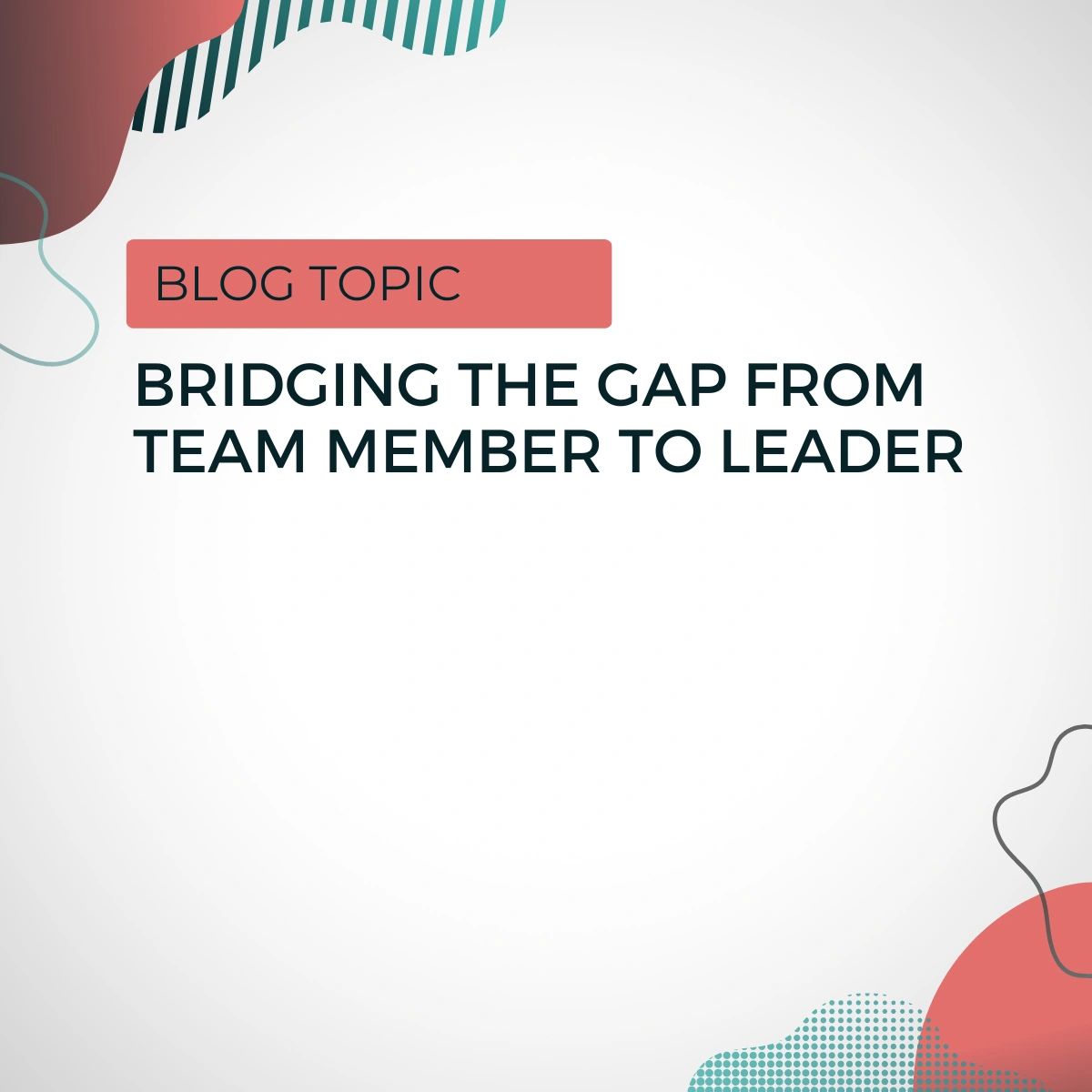Employee engagement in 2024 continues to present alarming challenges, with the latest Gallup and workplace reports revealing troubling trends. According to Gallup’s State of the Global Workplace 2024 report, only 23% of employees are engaged, while 62% remain disengaged, and 15% are actively disengaged.
Additionally, Gallagher’s 2023 Workplace Trends Report highlights that the UK ranks among the lowest for employee engagement in Europe, with engagement levels hovering around 19%.
This disengagement is costing the global economy a staggering $8.9 trillion. Poor engagement not only hurts productivity but also leads to higher employee turnover and stress, which directly impacts business performance (Gallup, 2024; Mo.work, 2024).
Why Is Employee Engagement So Low?
One of the main drivers of low engagement is ineffective management. The Gallup report highlights that workers in poorly managed environments are 60% more likely to experience stress.
With such a high percentage of disengaged workers, it’s clear that middle managers are struggling to inspire, guide, and retain their teams. Poor leadership and a lack of support from management often lead to employees feeling confused about their roles and undervalued, resulting in lower motivation and productivity (Gallup, 2024).
Further complicating this is the high turnover among managers themselves. Studies show that 60% of managers never received any formal leadership training (CareerBuilder, 2021), leaving them ill-equipped to inspire or lead their teams effectively. This lack of support for middle managers creates a vicious cycle, where disengaged managers fail to engage their teams, exacerbating workplace dissatisfaction.
Other contributing factors include inadequate employee development opportunities, poor communication, and lack of recognition. According to LinkedIn’s Workplace Learning Report 2023, 94% of employees would stay longer at a company that invested in their development, yet many businesses continue to under-invest in training. Employees who don’t see growth opportunities often lose motivation, contributing to lower productivity and higher turnover.
So What Can Be Done About It?
Addressing low employee engagement is complex, and there are many factors at play. A good place to start is prioritising employee development and especially leadership and manager development. Organisations that invest in their managers see immediate improvements in engagement levels. According to Gallup, managers who receive leadership training boost employee engagement by 22% on average.
Investing in managers helps to foster a culture of growth and support, showing them they are valued and equipping them with the skills and confidence to lead their team. Well-trained managers are more effective at communicating, setting expectations, providing feedback and recognition, and motivating their teams - all of these skills amongst others are essential for increasing engagement.
Good management directly correlates with higher job satisfaction and lower employee turnover.
As Gallagher’s 2023 report suggests, businesses that invest in both manager and employee development see higher productivity and retention rates, ultimately driving long-term success.
At Peritus, we can provide everything needed to enable your management and leadership programmes to help you on the road to combatting disengagement, enhancing performance, and create thriving, motivated teams.
Speak to us about our online management courses:
- ILM-accredited Level 5 for middle managers.
- Non-accredited Learn to Lead modules.
